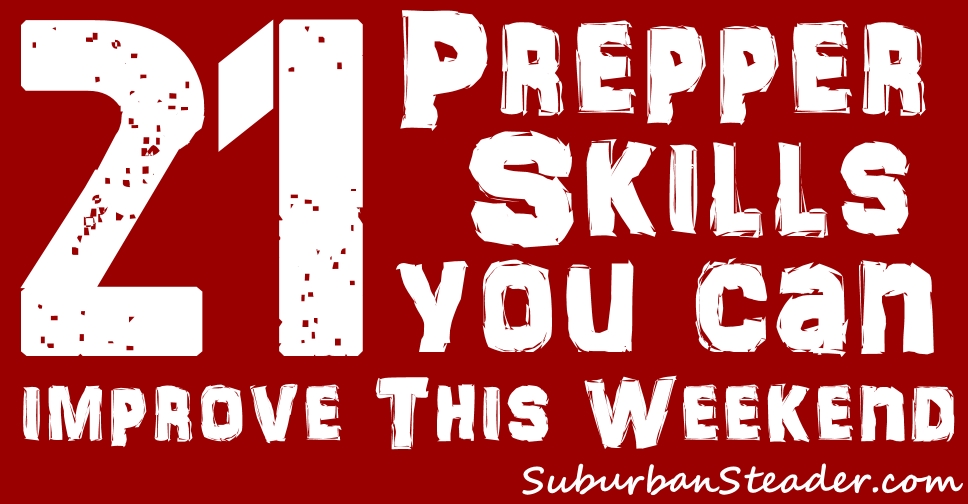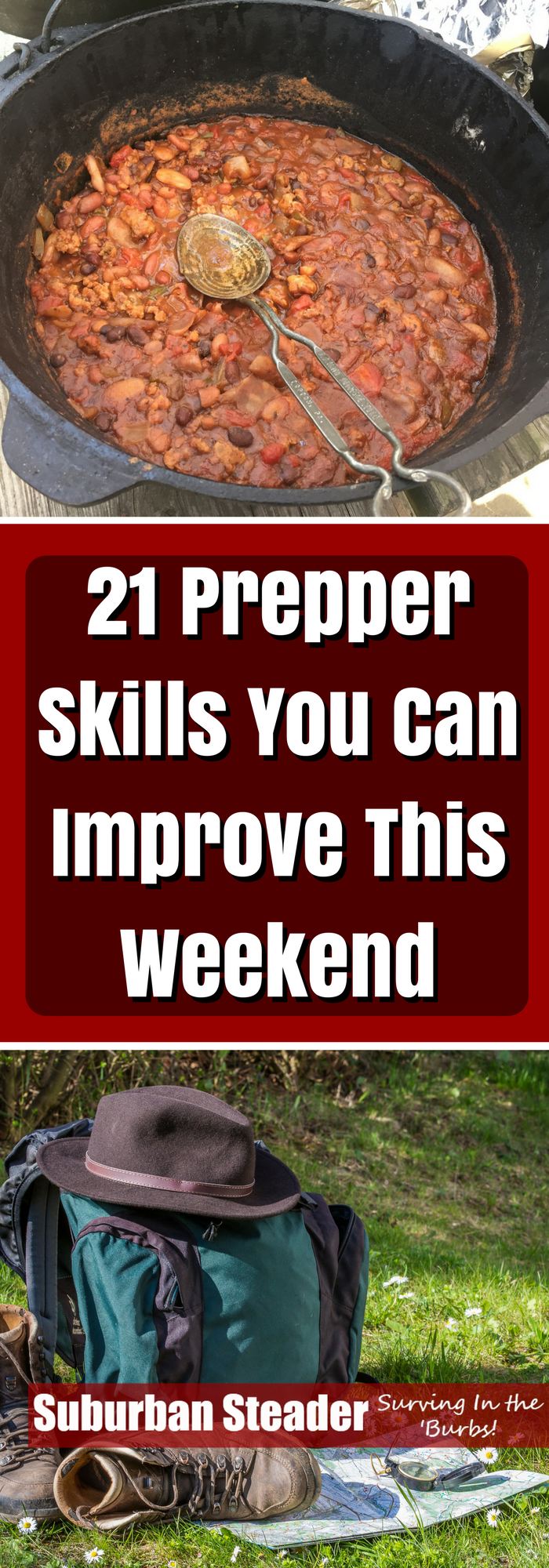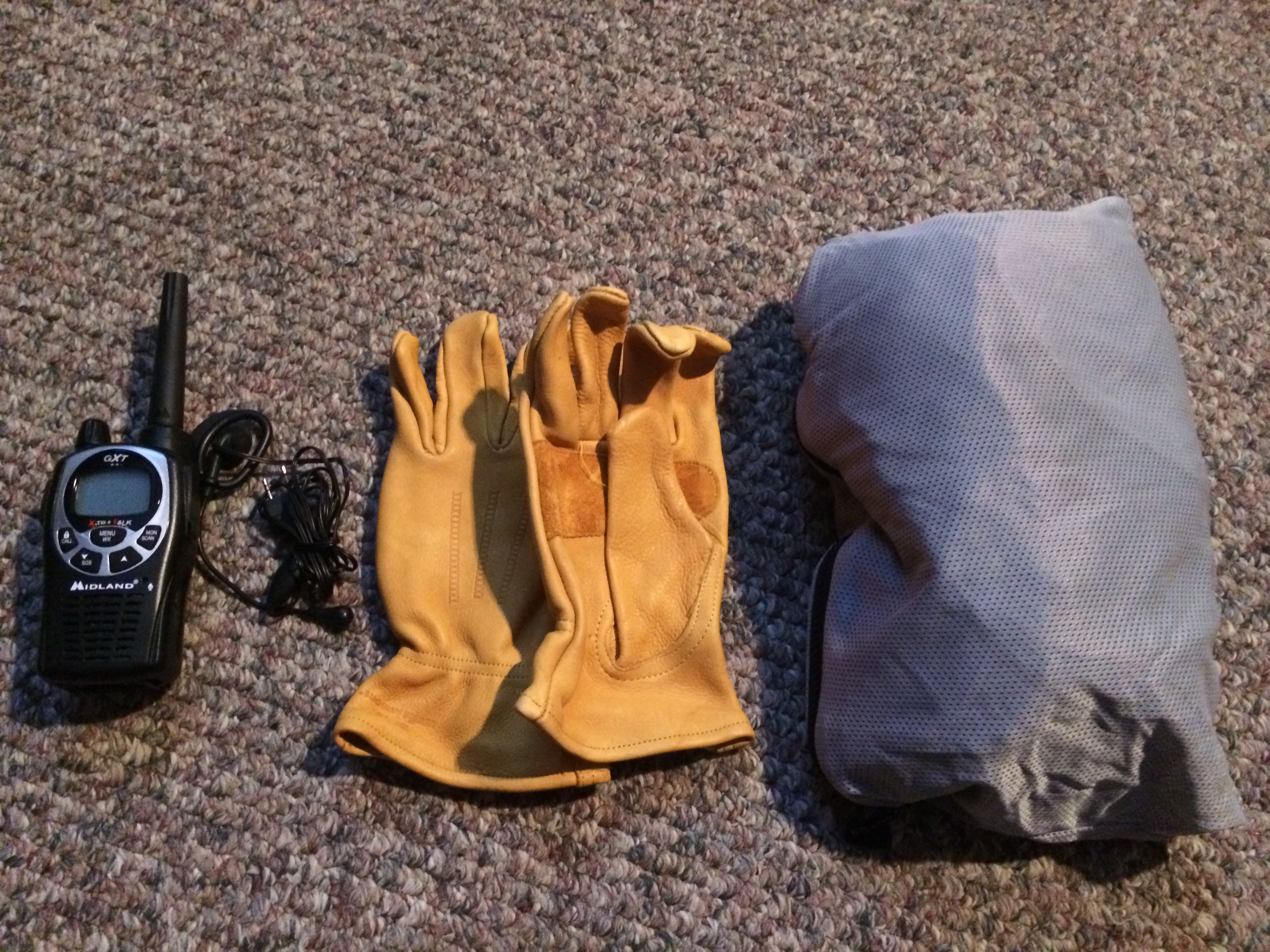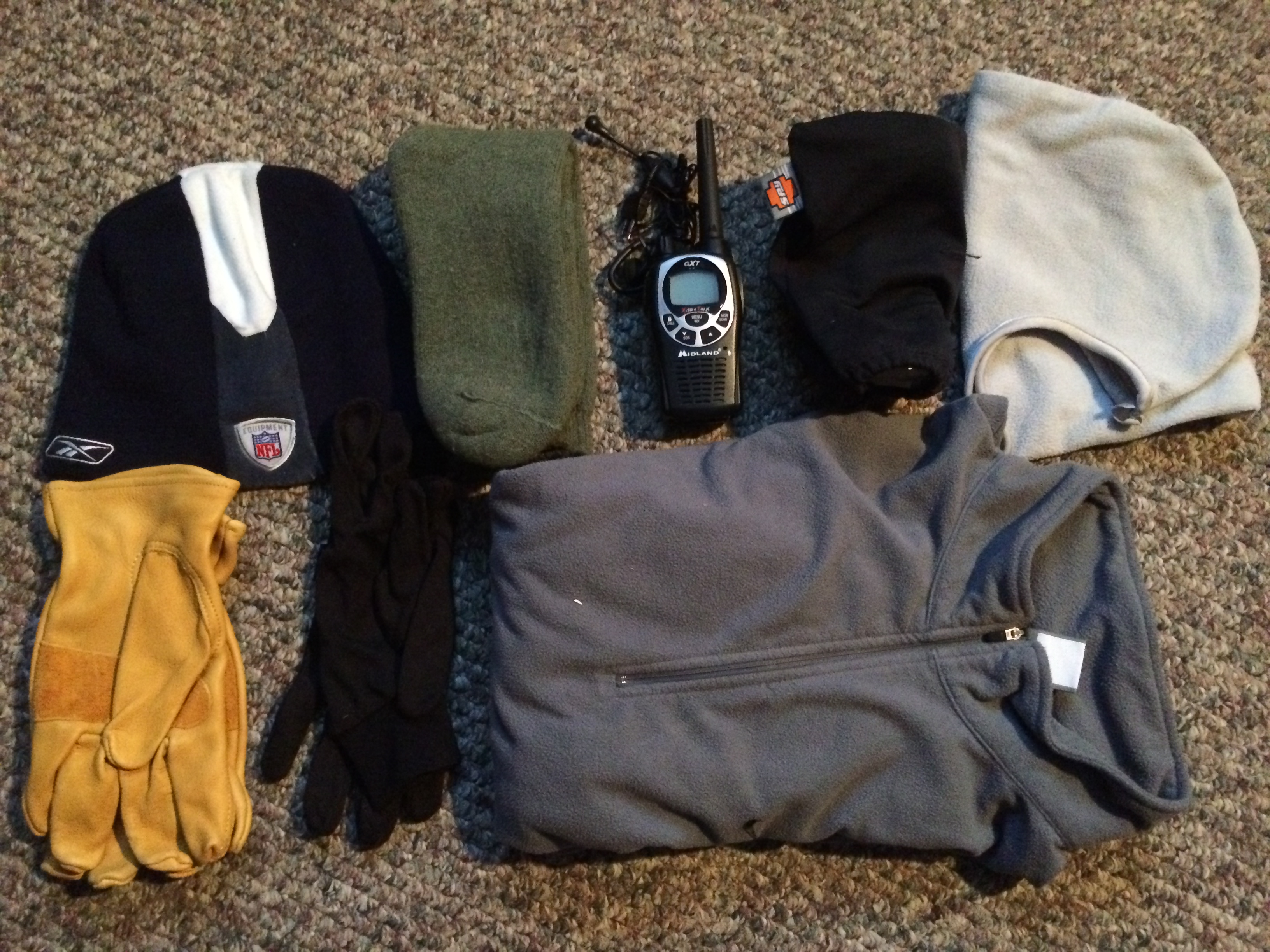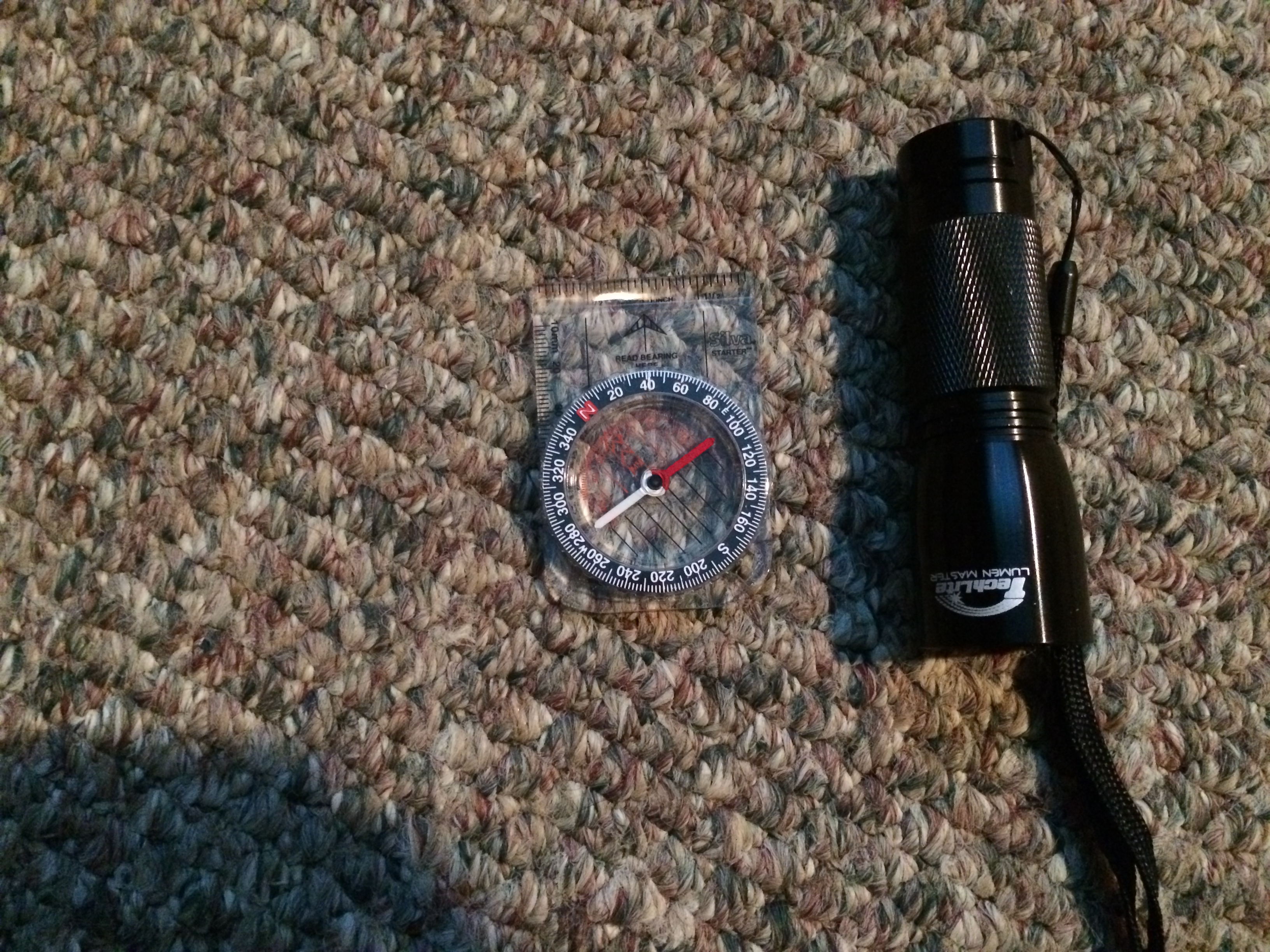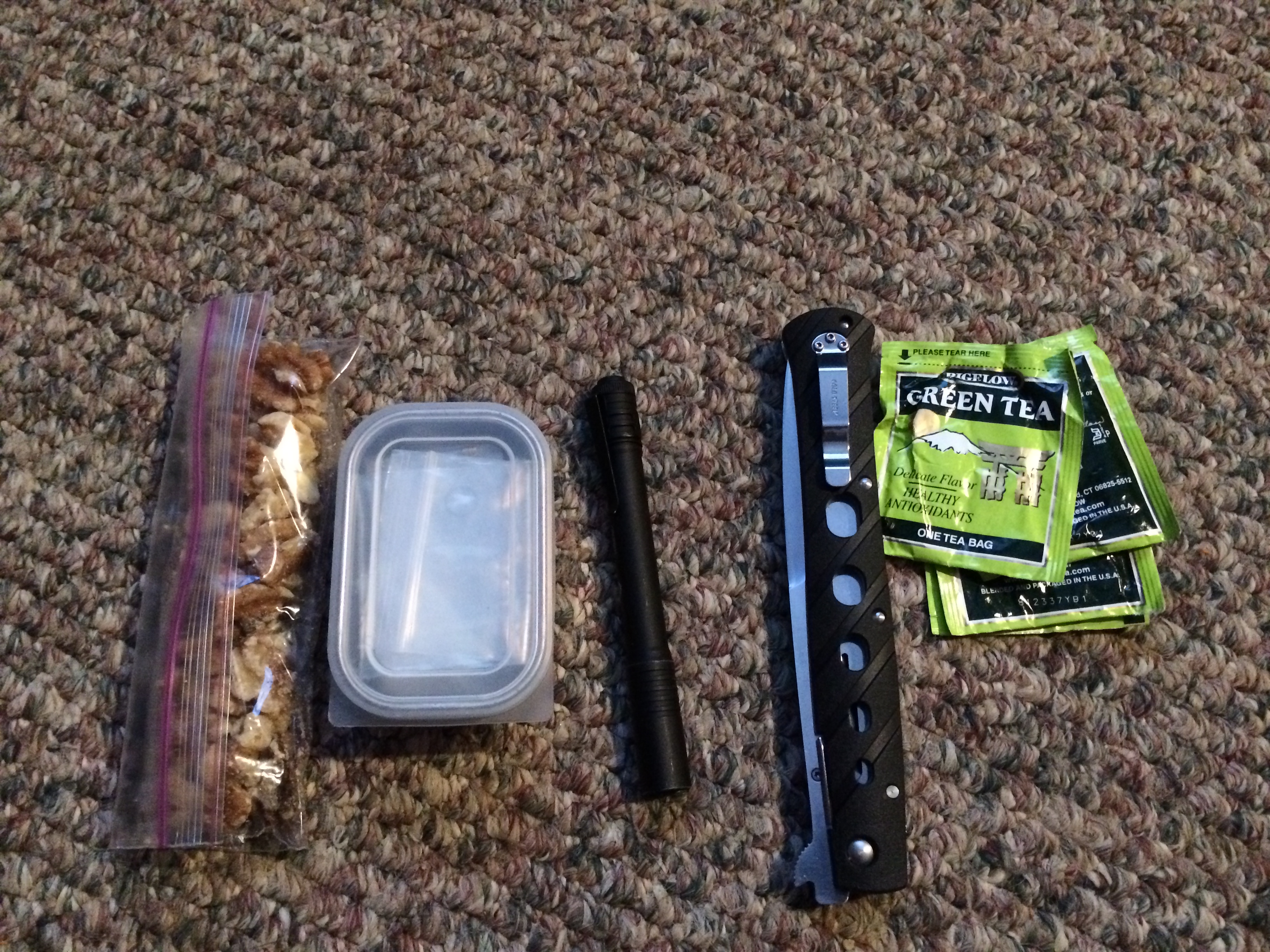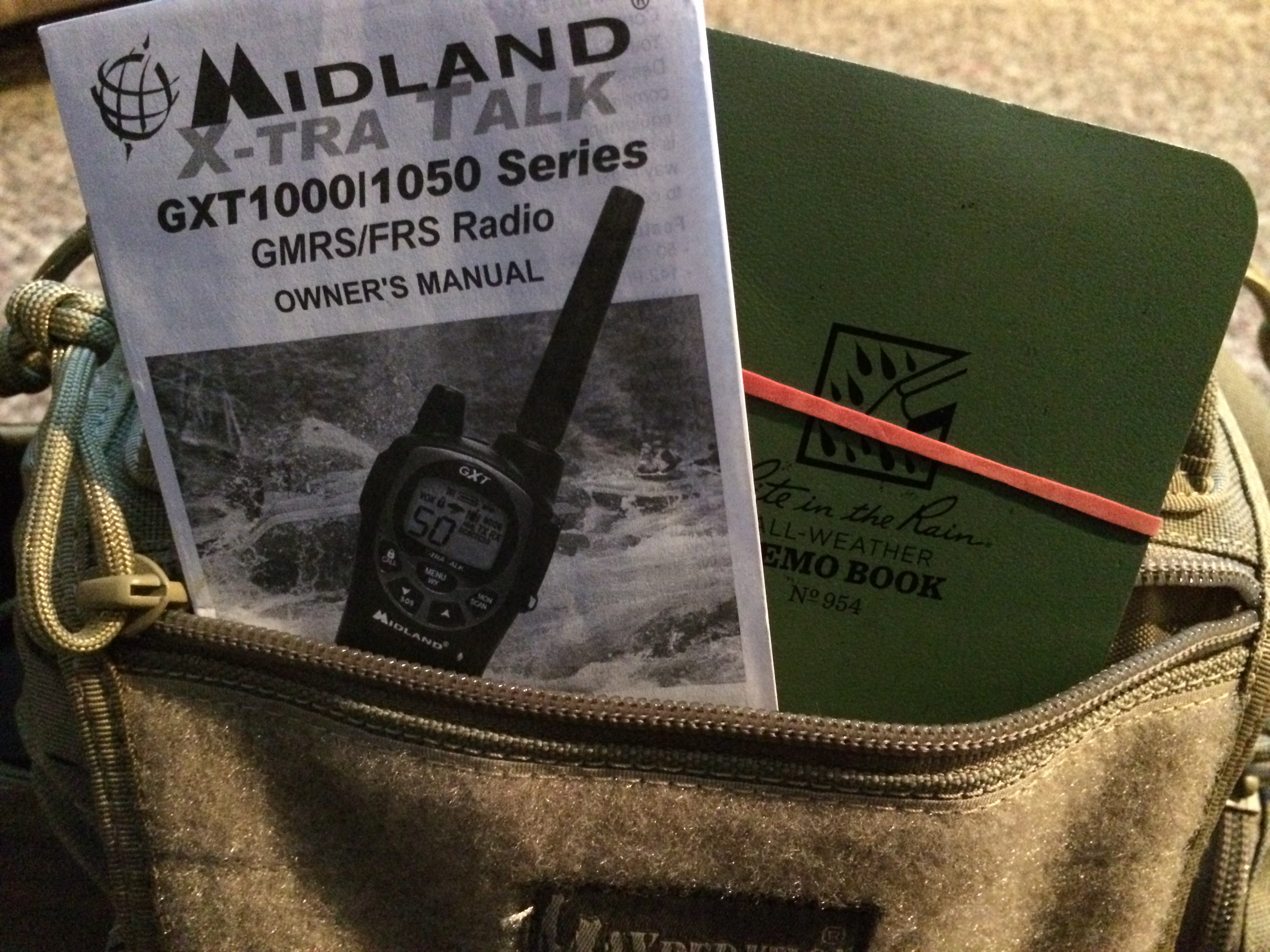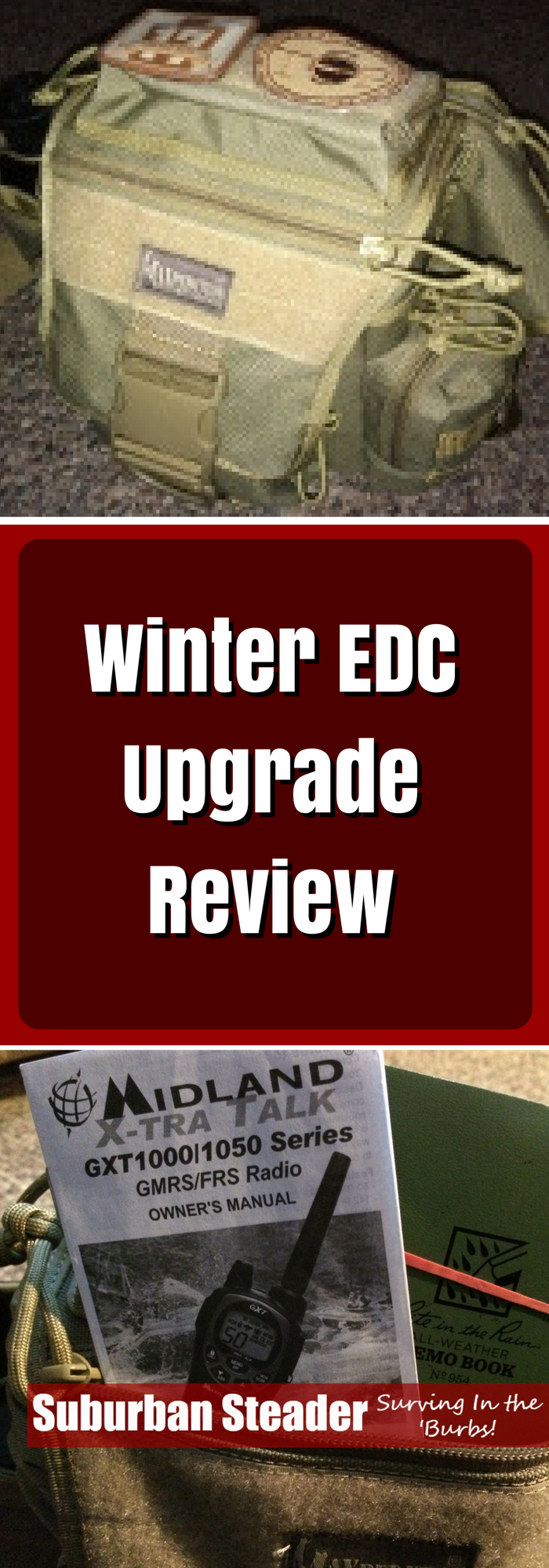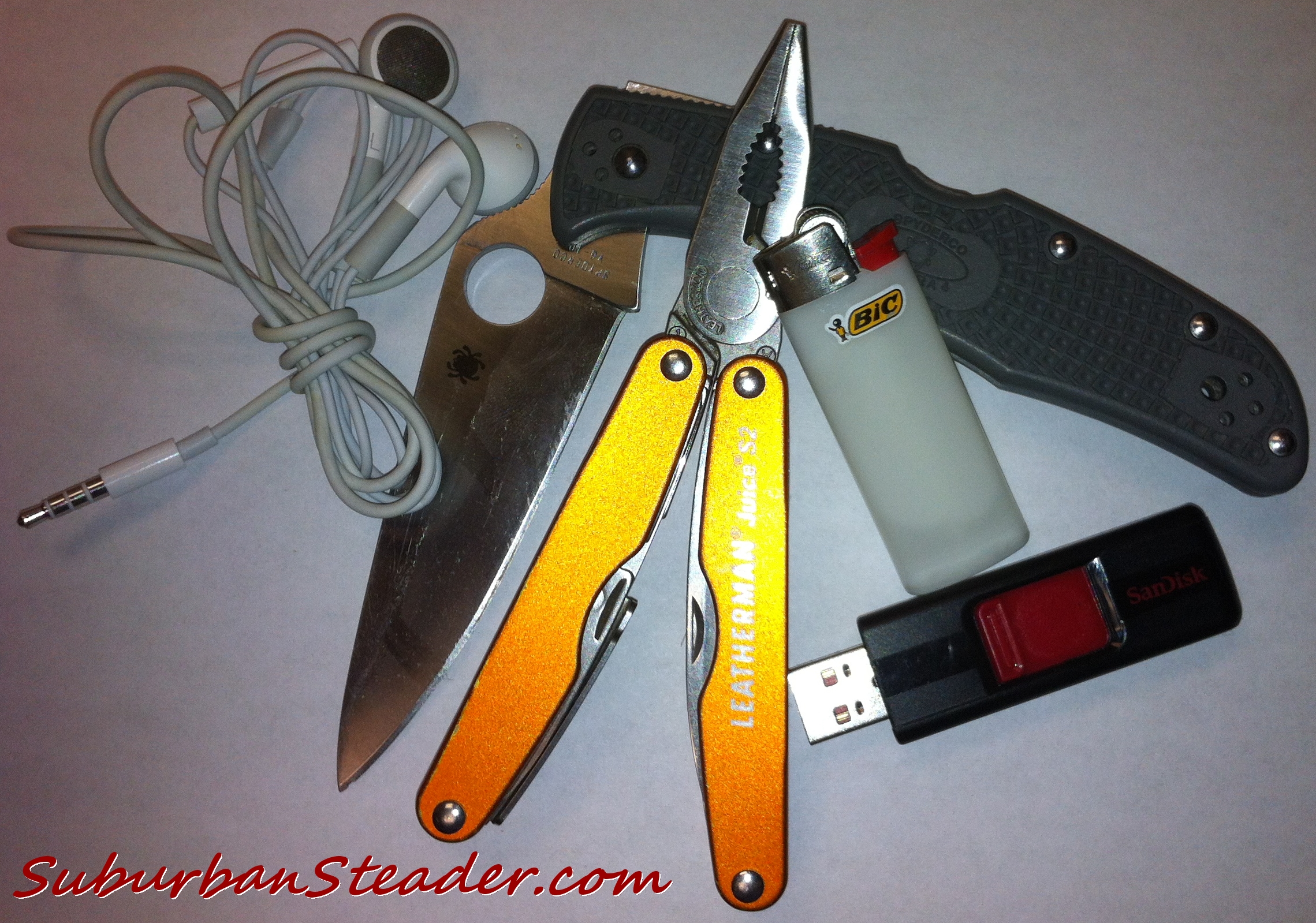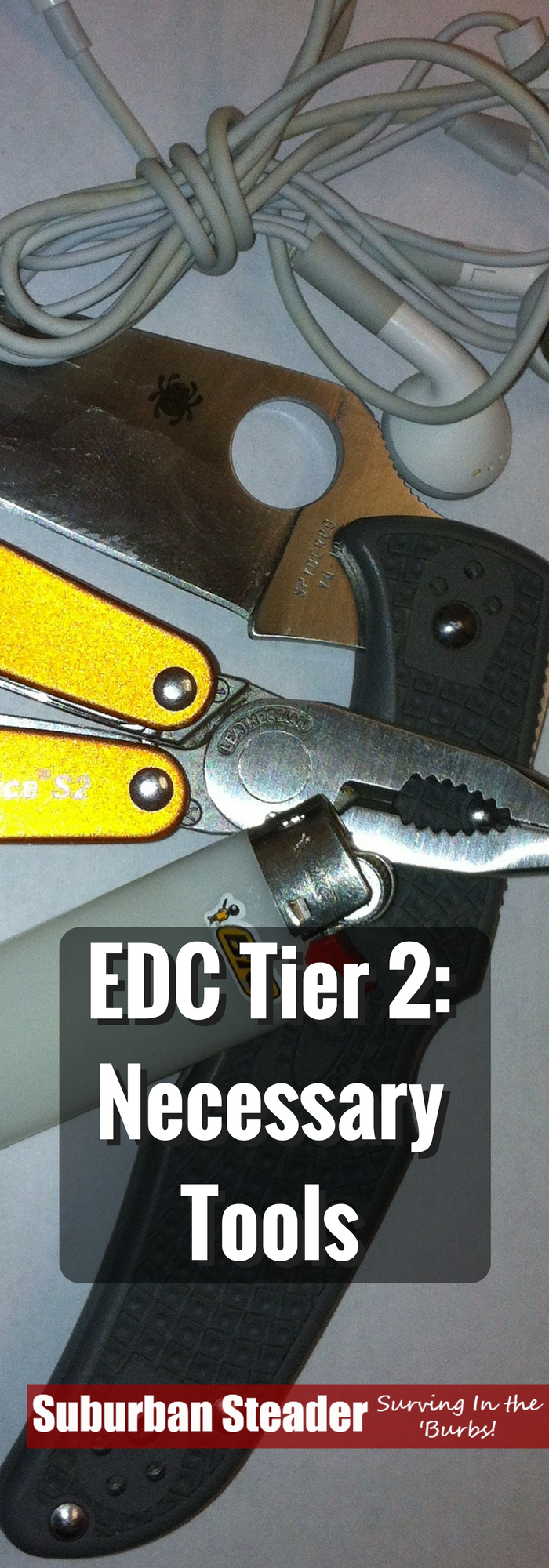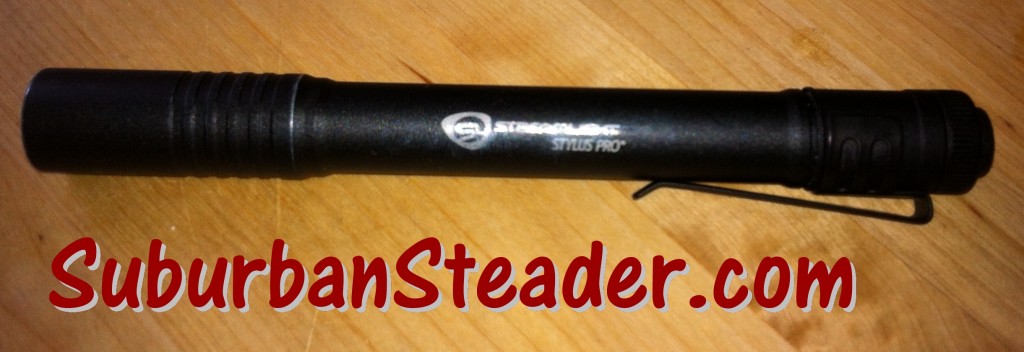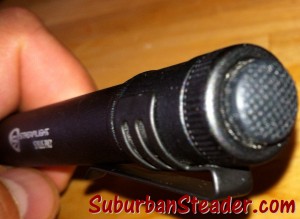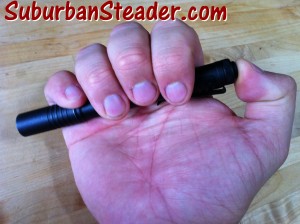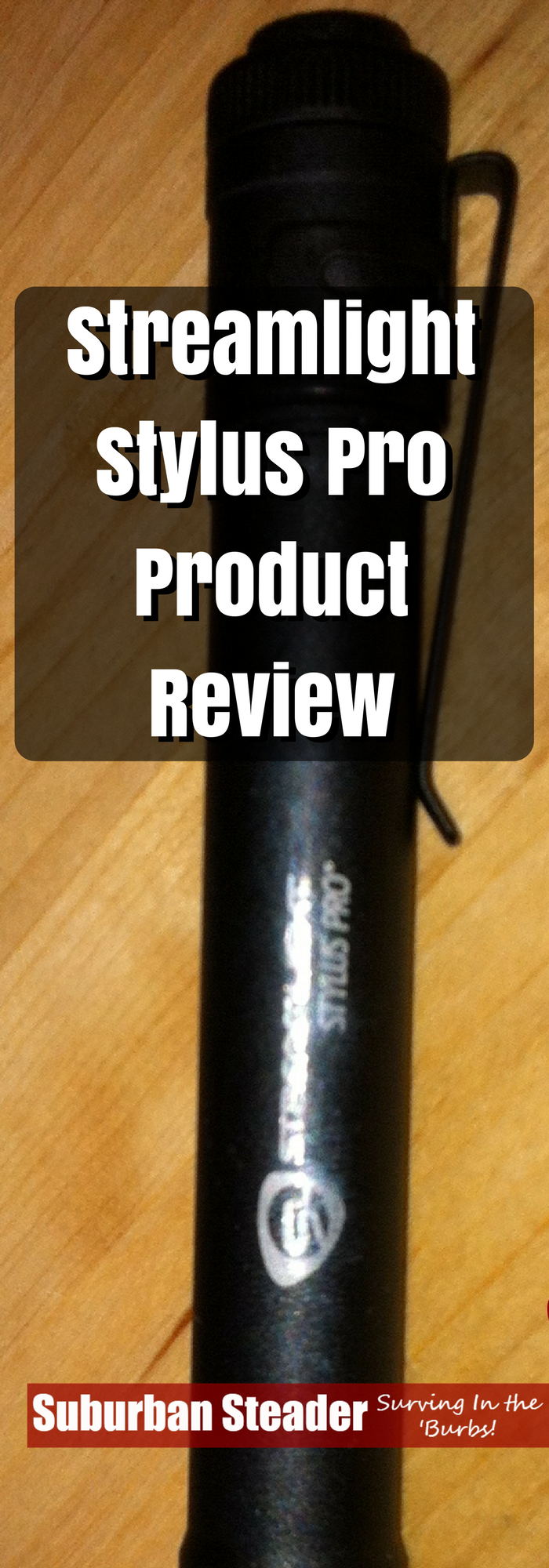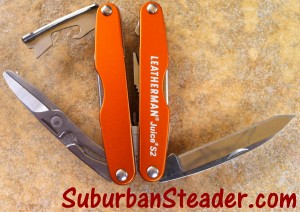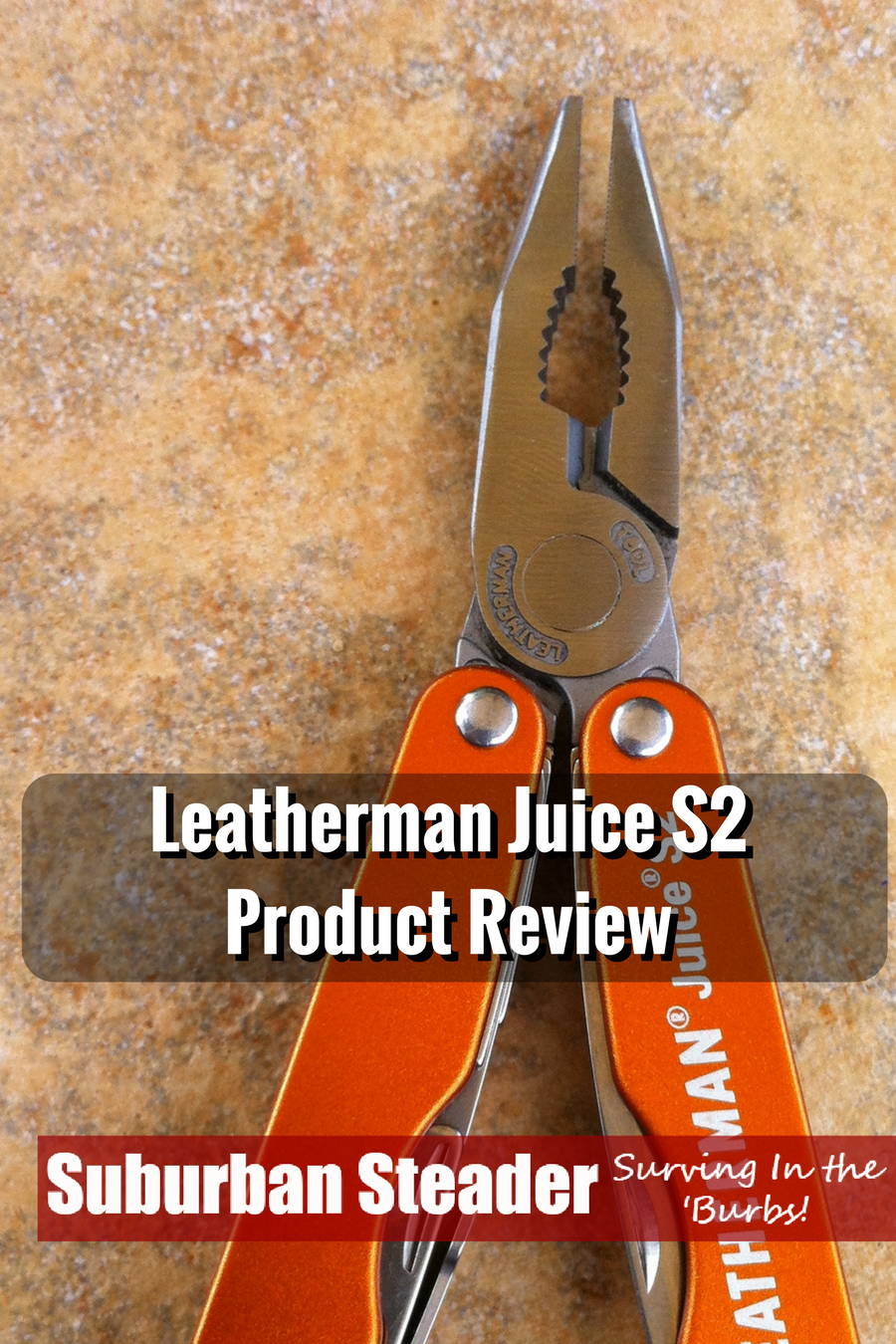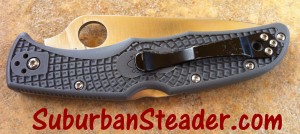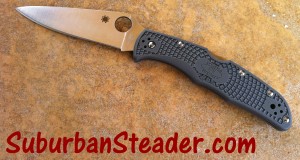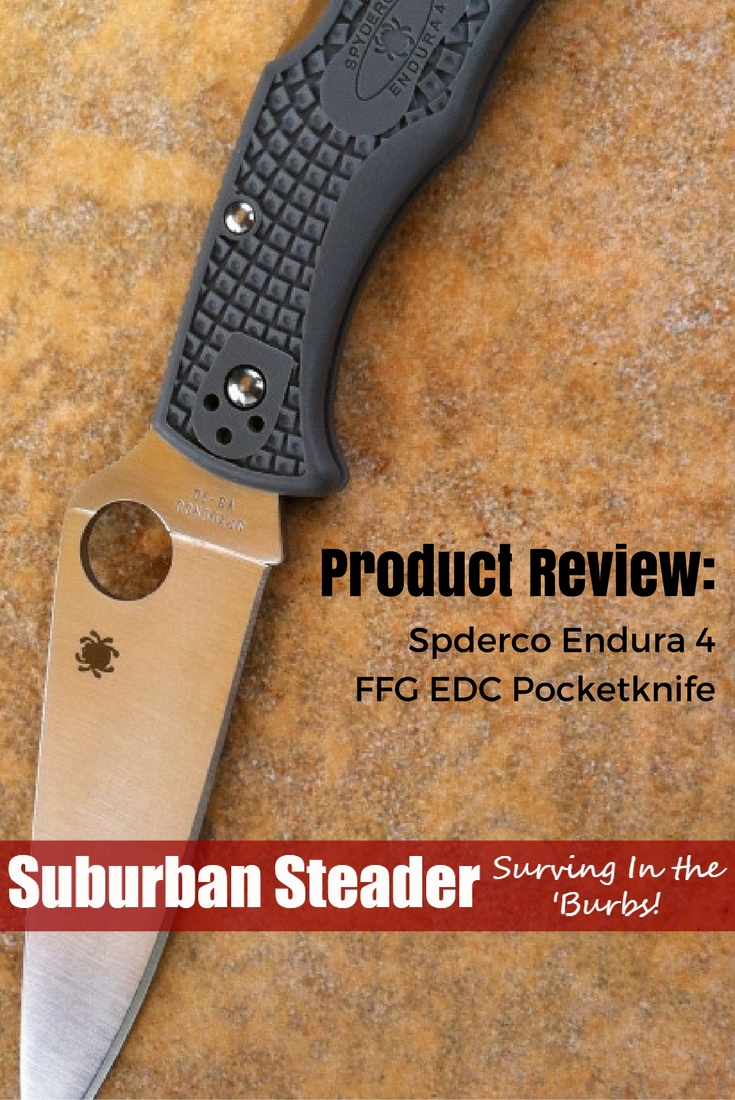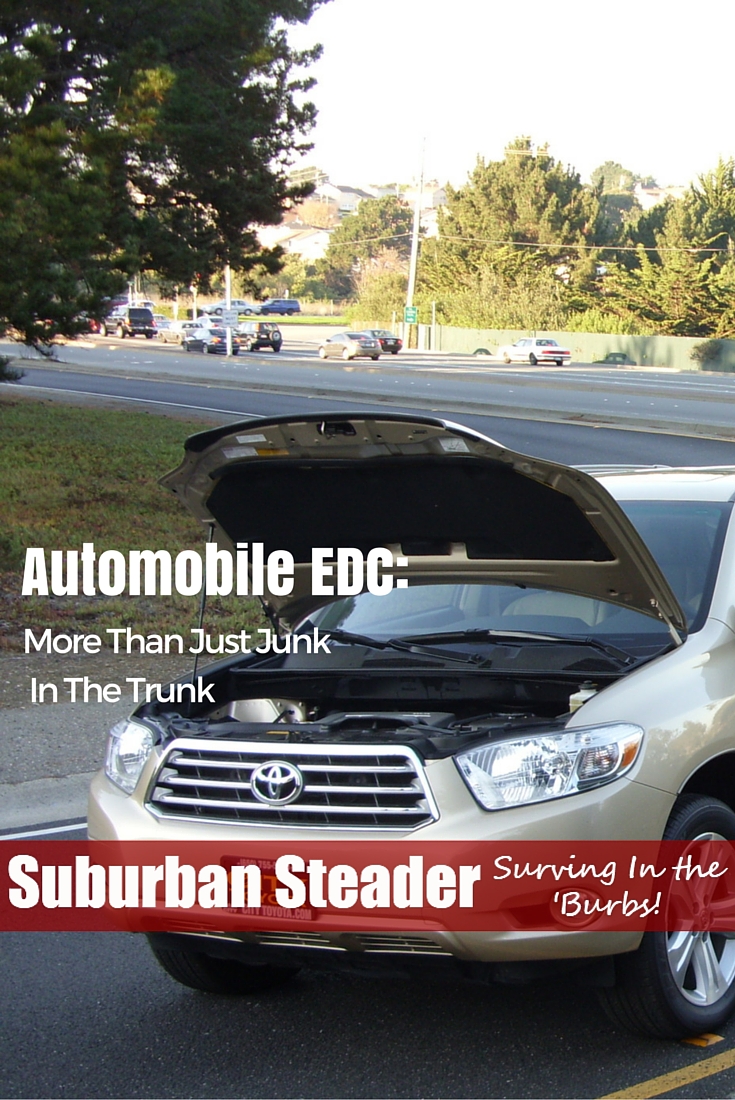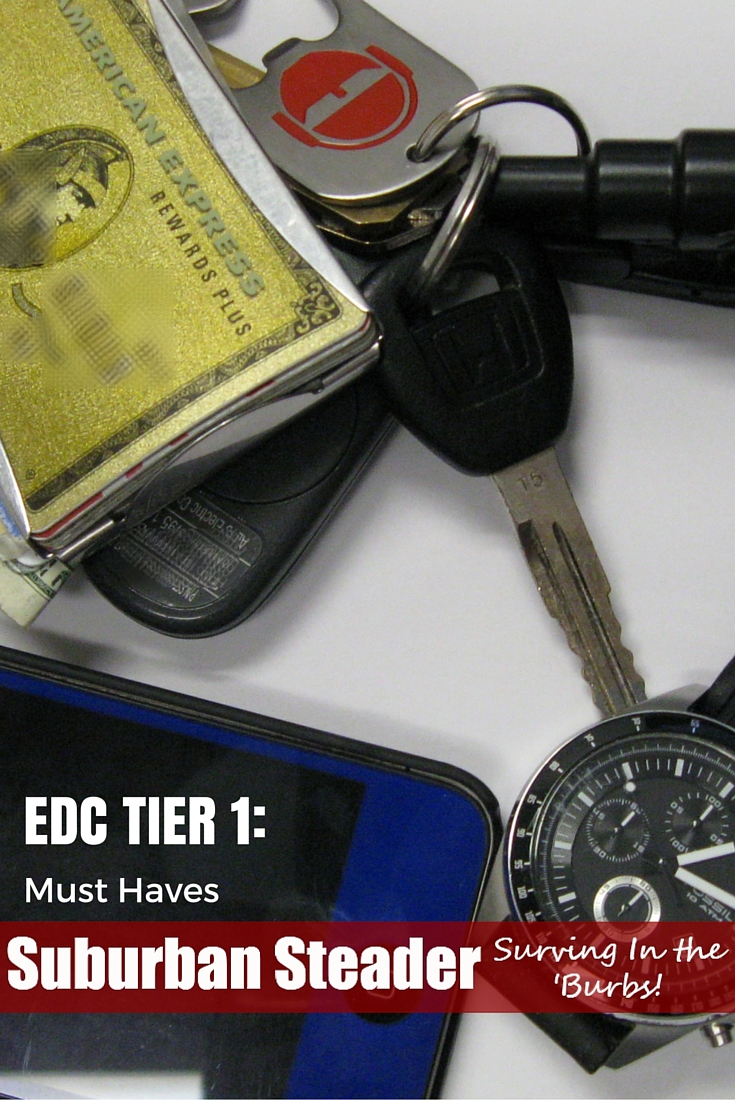Kershaw OSO Sweet Knife (Product Review)
You know that I think every suburban homesteader should build their EDC in tiers and one of the items in the second tier is a good pocketknife. I’ve been on the search for a low-cost EDC blade that held up to my demands and may have found it with the Kershaw OSO Sweet pocketknife. I’ve been carrying this little guy around in my pocket for the last few months and decided it’s time for a review.
Kershaw OSO Sweet General Description
The Kershaw OSO Sweet isn’t going to win any awards for creativity or innovation. It is, in the simplest sense, a locking pocketknife. With that in mind, here’s the specs on the knife:
- Closed length: 4.1 in. (10.5 cm)
- Overall length: 7.25 in. (18.4 cm)
- Blade length: 3.1 in. (7.9 cm)
- Weight: 3.2 oz. (90.7 g)
- Blade Material: 8Cr13MoV, satin finish steel
- Handle Material: Glass-filled nylon
- SpeedSafe® assisted opening
- Liner lock (steel)
- Reversible (tip-up/tip-down) pocketclip
The Pros
The Kershaw OSO Sweet met my first requirement for a pocketknife – cost. I was able to buy one of these knives from Amazon for less than $20 (editor’s note: at time of publishing, it is selling for $21.77 on Amazon). As you might imagine, the weight of this knife is also a big plus. Coming in at a whopping 3.2oz (Editor’s Note: it came in at 2.98oz on my scale), this inexpensive pocketknife is light and you never really know it’s there. In fact, I’ve reached down more than once just to make sure it’s still in my pocket. The pocketclip is pretty sturdy, however, and I’ve never had a problem with it coming loose.
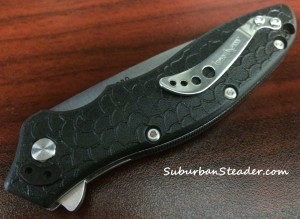 So the knife meets weight and cost requirements – but how does it handle? The simple answer there is very well. Let’s first talk about opening the knife. The SpeedSafe® assisted opening functionality on this knife is simply awesome. I can pull the Kershaw OSO Sweet from my pocket and have it ready for use with just a flick of my index finger. The curvature of the body fits well in my hand – there is a hollowed-out portion of the body that my index finger sits in and the SpeedSafe® assisted opening tang acts as a kind of guard to prevent your hand from slipping forward during use. The glass-filled nylon body has a fish scale pattern on it that provides sufficient grip. It’s not as grippy as the pattern on the Spyderco Endura 4 FFG, but I find it more than sufficient for daily work.
So the knife meets weight and cost requirements – but how does it handle? The simple answer there is very well. Let’s first talk about opening the knife. The SpeedSafe® assisted opening functionality on this knife is simply awesome. I can pull the Kershaw OSO Sweet from my pocket and have it ready for use with just a flick of my index finger. The curvature of the body fits well in my hand – there is a hollowed-out portion of the body that my index finger sits in and the SpeedSafe® assisted opening tang acts as a kind of guard to prevent your hand from slipping forward during use. The glass-filled nylon body has a fish scale pattern on it that provides sufficient grip. It’s not as grippy as the pattern on the Spyderco Endura 4 FFG, but I find it more than sufficient for daily work.
The blade was quite sharp out of the box and Kershaw provides a lifetime sharpening policy for their knives if you are so inclined to use it (I prefer to sharpen my own knives). Being that I’ve used this knife for EDC purposes, I’ve performed mostly normal, everyday tasks with it – opening letters, cutting cardboard, whittling wood and other similar tasks. The blade has held up and hasn’t needed sharpening after about two months of daily use. The 8Cr13MoV steel is apparently a Chinese version of AUS8. I don’t have much experience with it, but the guys over at BladeForum.com give it a passing grade. I don’t have any experience sharpening it as it hasn’t needed it yet.
The knife itself is fairly innocent looking meaning that it “plays well” in an office setting like I am in. In fact, the only time you will get a few odd looks is if you are quick on opening it – but it’s so fun to open!
[youtube_sc url=”9VMwI0_0iiI” title=”Kershaw%20OSO%20Sweet%20Pocket%20Knife%20Product%20Review” width=”559″ fs=”1″]
The Cons
I have to be perfectly honest here – for the price, it’s very hard to find major flaws with the Kershaw OSO Sweet. It’s almost disposable at this price and makes dealing with imperfections or faults trivial.
That being said, my biggest complaint about this inexpensive pocketknife has to do with the part I probably love the most about it – the opening functionality. The SpeedSafe® assisted opening function is awesome but also has the potential to lead to serious injury. The blade comes flying out and, while you get used to it rather quickly, I have snagged my shirt and the heel of my hand on the tip of the blade. It’s only a minor problem as you figure it out pretty quick, but it can be a safety issue.
The lack of gimping on the blade is a bit disappointing. There is a hollow created for your thumb and the recess in the middle from where the blade spins gives your thumb decent traction, but I would have liked to see some solid gimping in place.
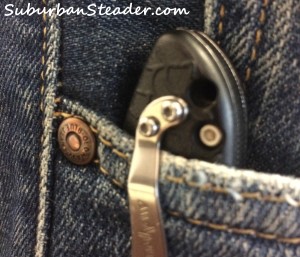 My other complaint – and this one is even more minor – has to do with the clip. First, the clip is solid. I’ve never had a problem with it not holding the knife in place. That being said, I found two small flaws in it. First, it can only sit on one side of the knife. This design constraint is a non-issue for right-handed folks, but lefties may run into issues with how they want the knife to release from their pocket. Second, I would prefer the clip to sit higher on the knife, giving less visibility to it in your pocket. It’s a minor, minor detail but worth noting.
My other complaint – and this one is even more minor – has to do with the clip. First, the clip is solid. I’ve never had a problem with it not holding the knife in place. That being said, I found two small flaws in it. First, it can only sit on one side of the knife. This design constraint is a non-issue for right-handed folks, but lefties may run into issues with how they want the knife to release from their pocket. Second, I would prefer the clip to sit higher on the knife, giving less visibility to it in your pocket. It’s a minor, minor detail but worth noting.
The last issue is that Kershaw makes the Kershaw OSO Sweet in China. I prefer to buy American made products when possible. But, given its cost and surprisingly quality for that cost, I have no problem owning a foreign-made product, especially when it’s produced by an American-owned company.
Overall Impression
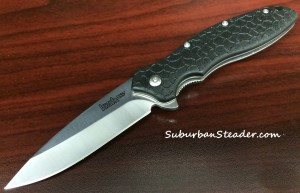 Bottom line, the Kershaw OSO Sweet has the best bang for the buck out of any pocketknife I have ever carried. It’s light, sharp, locks well and doesn’t grant you “Tacticool” status when you use it in an office setting. Outside the office – I have taken it hiking and also used for yard work – it has performed quite well. Creating shavings for fire starting, making sparks off a ferro rod (the spine is rather stiff and at a nice right angle), cutting rope and zip ties, and working with plants have all been easily achieved with this inexpensive pocketknife.
Bottom line, the Kershaw OSO Sweet has the best bang for the buck out of any pocketknife I have ever carried. It’s light, sharp, locks well and doesn’t grant you “Tacticool” status when you use it in an office setting. Outside the office – I have taken it hiking and also used for yard work – it has performed quite well. Creating shavings for fire starting, making sparks off a ferro rod (the spine is rather stiff and at a nice right angle), cutting rope and zip ties, and working with plants have all been easily achieved with this inexpensive pocketknife.
I would recommend the Kershaw OSO Sweet for anyone looking for a good quality, low-cost EDC pocketknife. To further that recommendation, I have to mention that I, in addition to carrying it as my EDC blade, I also have one included in my fire kit which I carry with me in my EDC bag. This kit gets moved around from EDC bag, hiking/camping backpacks, and is on me just about all other times. It’s that good!
Do you have any experience with the Kershaw OSO Sweet? Want more information? Drop me a line in the comments and let me know!
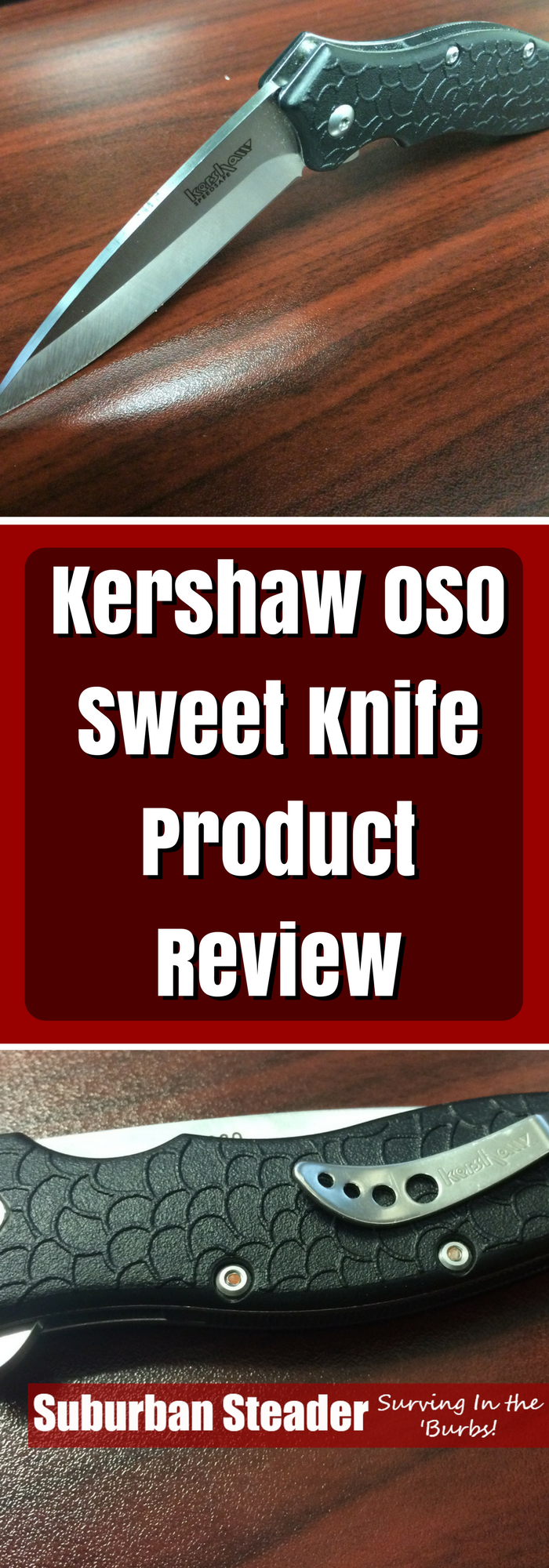
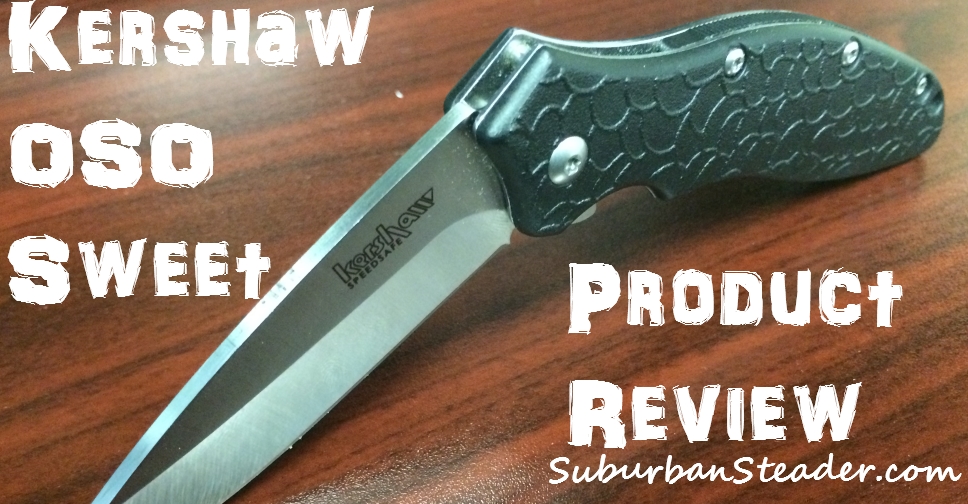
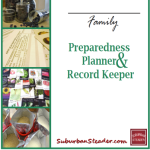
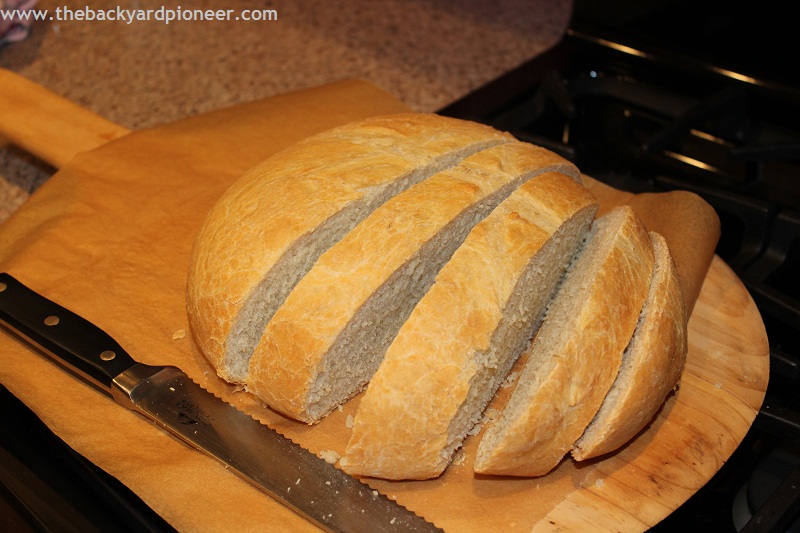 16. Bake Fresh Bread
16. Bake Fresh Bread